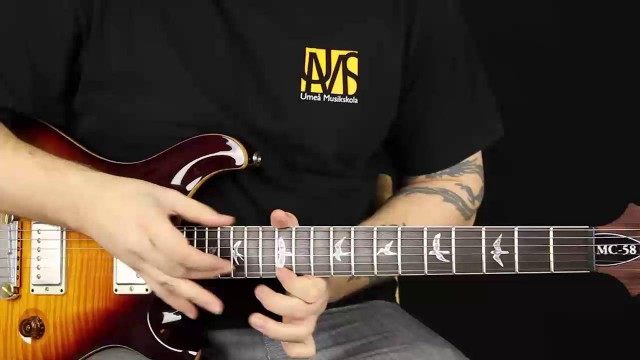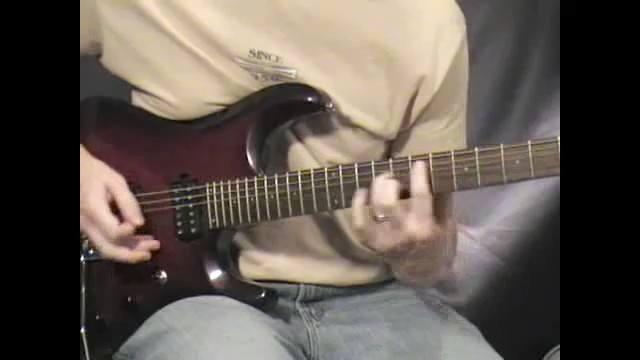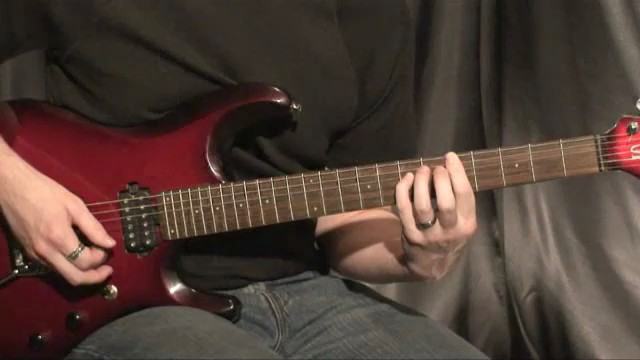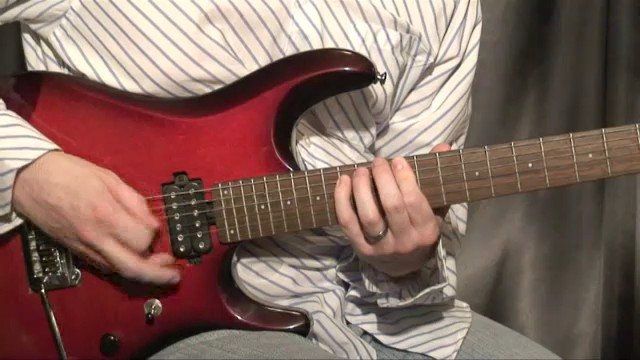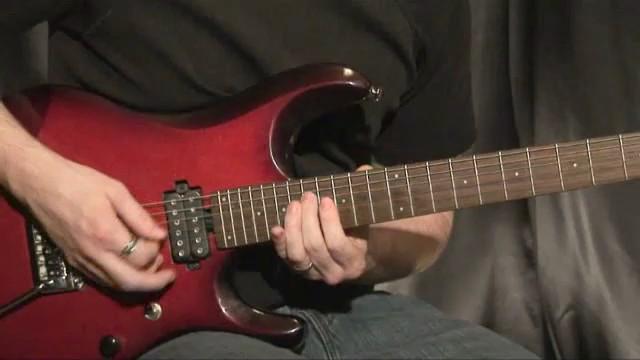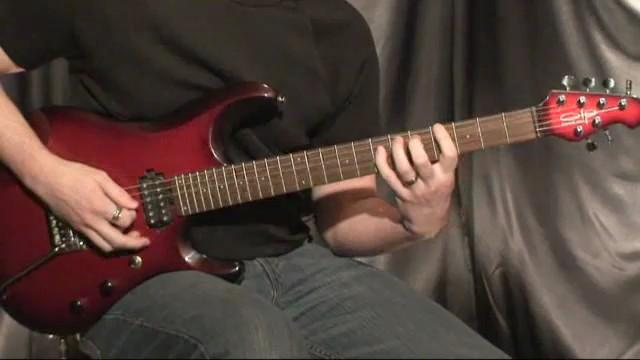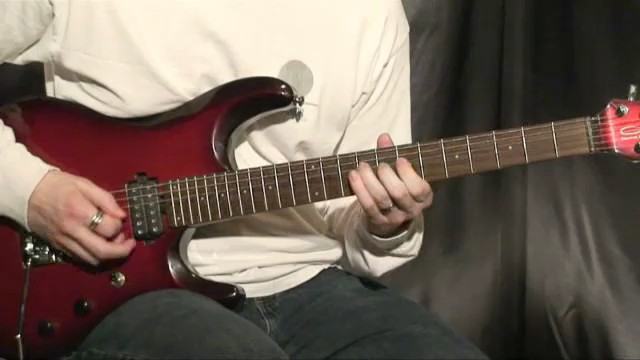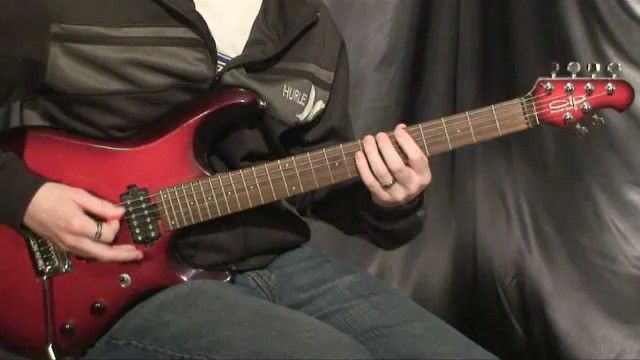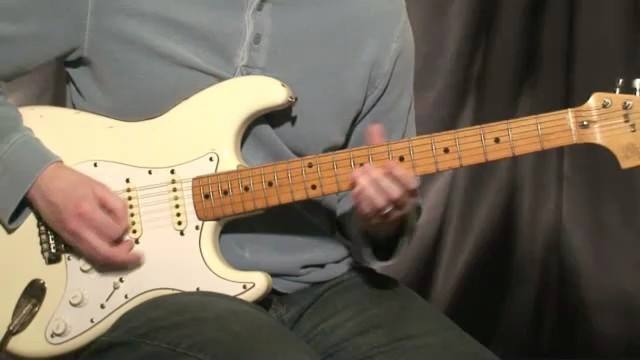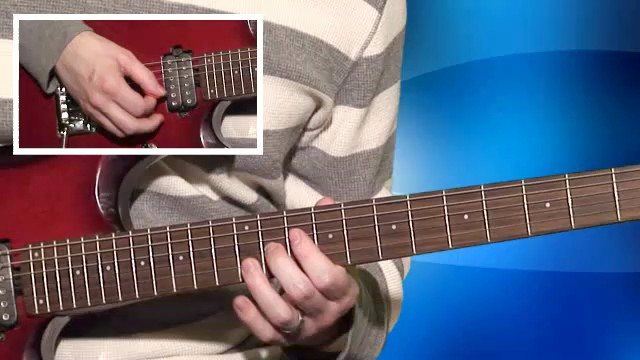Hey folks!
Welcome to Canon in D-sharp. If you've heard of Canon in D, then you're going to love Canon in D-sharp. It's just a lot sharper sounding than Canon in D. :-) Okay bad joke, I know.
As said in the video, the rhythmic notes we'll be playing in this riff are 16th note triplets, also known as sextuplets. So for every beat, we're going to play 6 notes. Out of the 6 notes in each beat, only the first 4 will be picked. The last 2 notes will be played using legato, with your pinky hammering on the 5th note then pulling off to the 6th note.
Check out the tab below, and draw your attention to the 3rd and 4th notes in each beat. Notice how they are both played using a downstroke? So we're also using sweep picking in this riff. Make sure you don't separate the picking motion when playing those 2 notes. It should be a nice, smooth motion downward. Depending on your experience with sweep picking, this might feel incredibly awkward at first, and you might be tempted to just use alternate picking instead, but don't! I admit that when I first learned techniques like this, I wanted to revert to playing straight alternate picking. But in the end, I found that these subtle sweeping motions can add a lot of ease and fluidity to my playing. So don't take any shortcuts. Use the pickstrokes exactly how they're indicated in the tab.
Lastly, I'd suggest that you only work on one measure at a time with this. Start with the first measure, then work your way through the others. And the more you learn of this riff, you'll start to see that there is a very consistent pattern: You'll find yourself playing a sequence of notes on the D and G strings, then immediately after you'll play the same shape of notes on the A and D strings. So, once you master the first measure, the remaining measures will be a bit easier.
As always, practice slowly and work your way up with speed. Worry about getting faster only when you can play the whole piece flawlessly at a slow speed. Once you have it down, head on over to the next page for the backing track!











